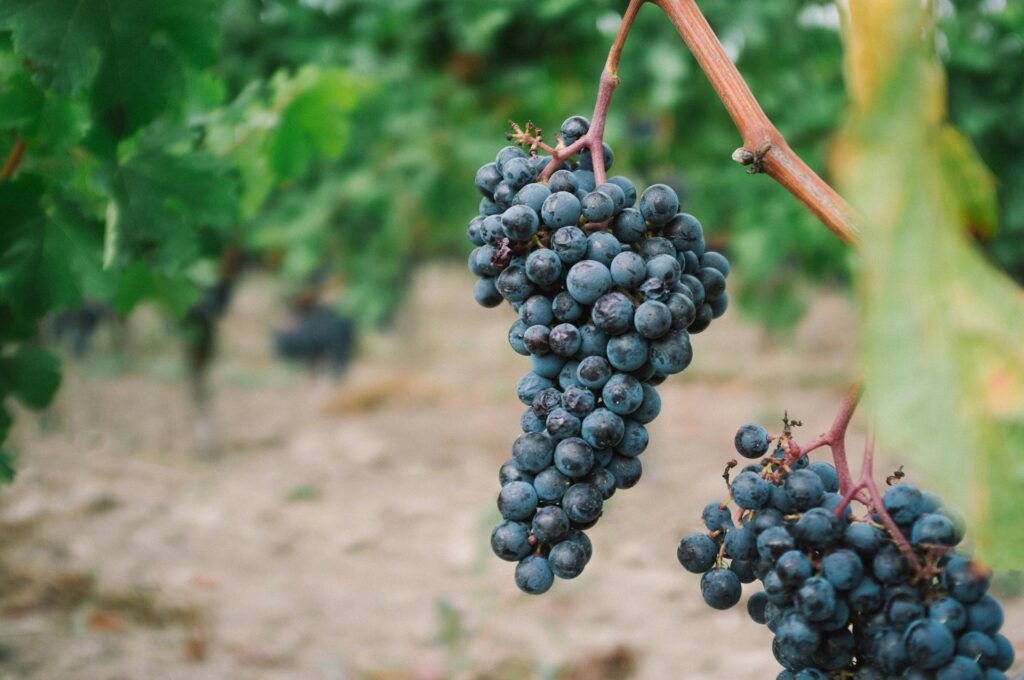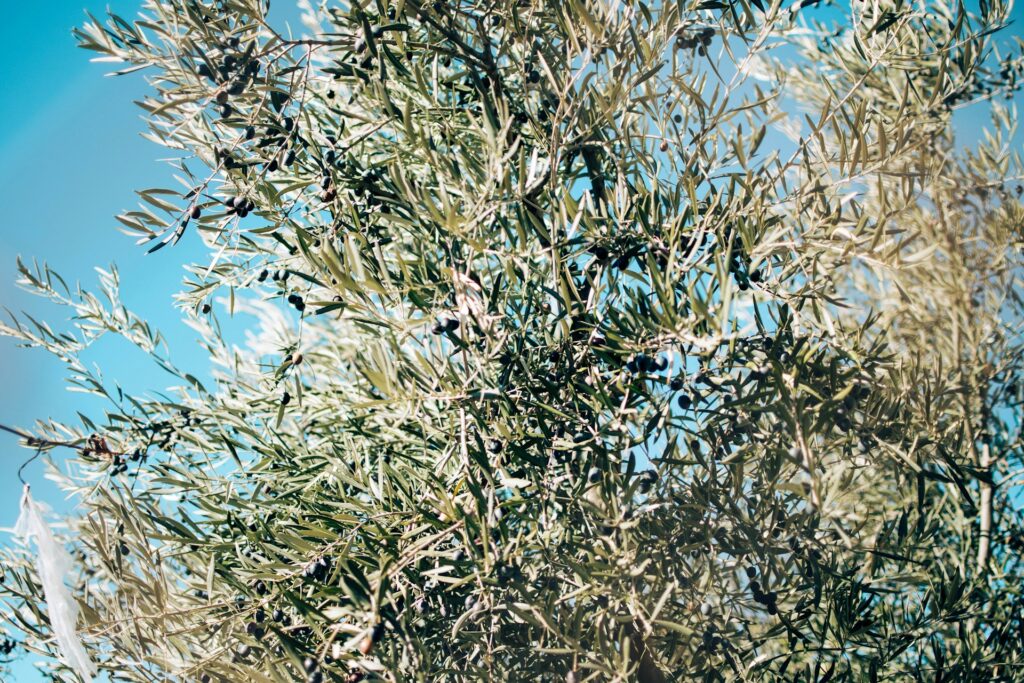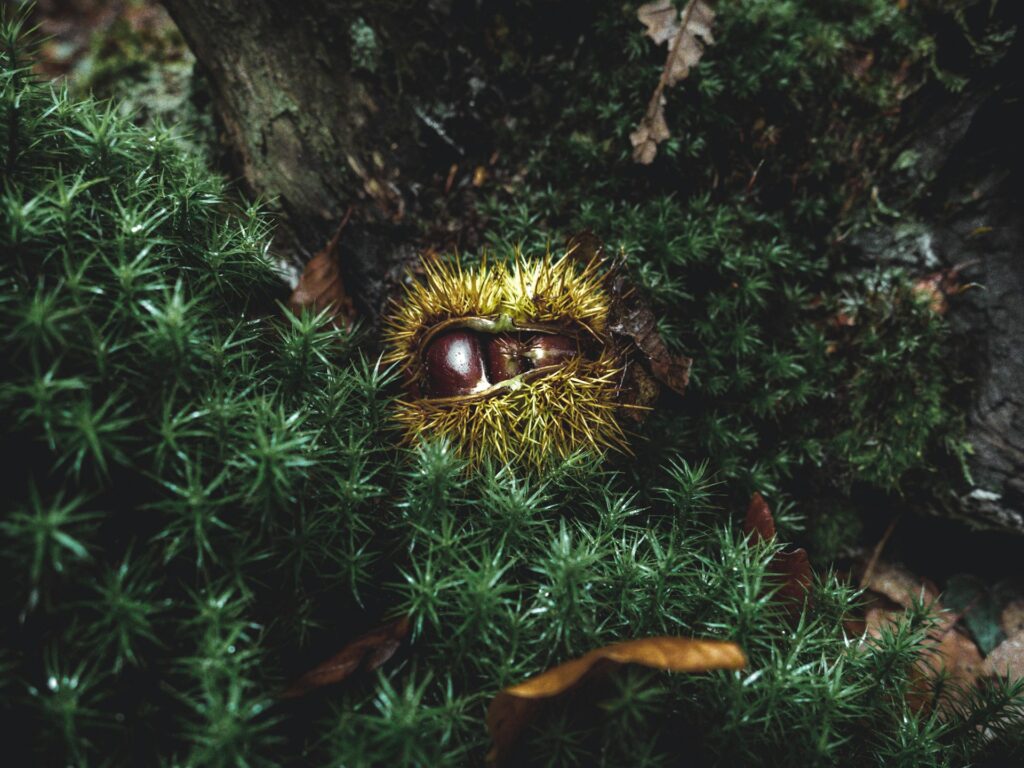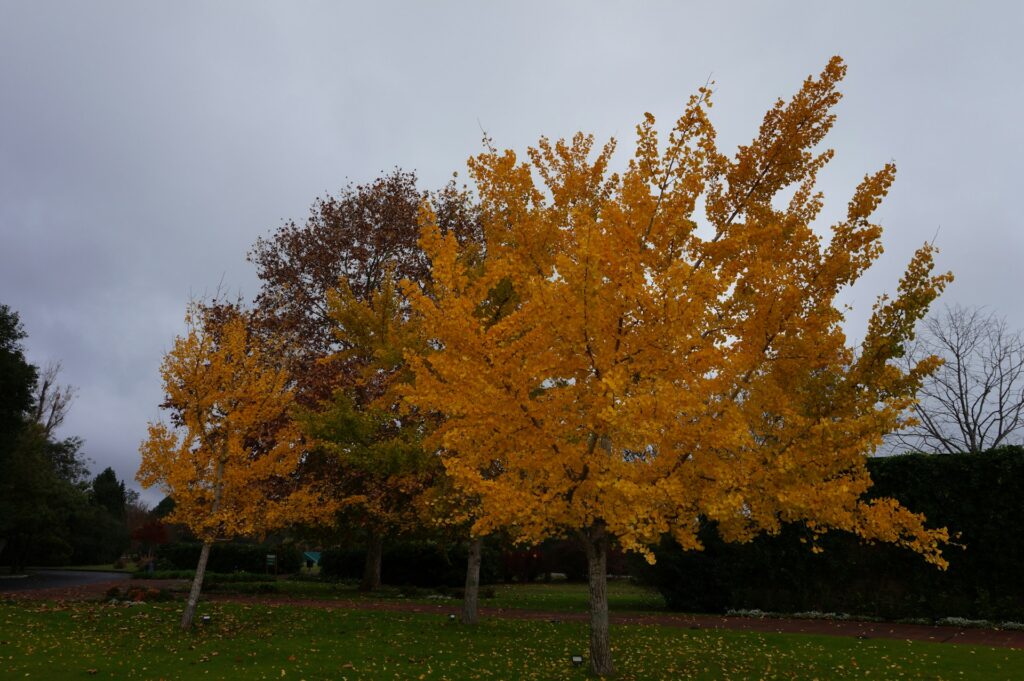5 fire-resistant plants to slow the spread of wildfires
In regions prone to wildfires, planting fire-resistant species can help protect homes by creating natural barriers that slow the progression of flames. These plants typically have moisture-rich tissues, thick bark, or low resin content, making them less likely to ignite. Here are five plants that can help safeguard your property from fires.
1. Vines: Grape and other fire-resistant species

Certain vines, particularly grapevines, are known for their high moisture content, which makes them more resistant to catching fire. When planted strategically along fences or walls, they can act as a firebreak. The thick foliage helps reduce the intensity of flames. In addition to grapevines, ivy and bougainvillea also have flame-retardant properties, making them great choices for fire-prone regions.
2. Olive trees: Natural firebreaks

Olive trees are renowned for their fire-resistant qualities. Their thick, moisture-rich leaves and dense, slow-burning wood make them effective at resisting flames. These trees can also act as windbreaks, helping to slow the spread of fire. When mature, olive trees offer the added benefit of producing olives, making them both practical and beautiful additions to fire-safe landscaping.
3. Chestnut trees: Slowing fire progression

Chestnut trees are ideal for areas prone to wildfires due to their thick bark and moisture-retentive leaves. The wood of chestnut trees burns slowly, providing an effective buffer zone in case of fire. Planting chestnut trees around your property creates a natural barrier that can slow down advancing flames and protect nearby structures.
4. Ginkgo biloba: A resilient, fire-resistant option

Ginkgo biloba trees are well-known for their resilience and fire-resistant properties. Their thick, fan-shaped leaves and sturdy wood make them ideal for fire-prone areas. Ginkgo trees are also highly resistant to pests and diseases, making them a low-maintenance option for homeowners looking to add natural fire protection to their landscape.
5. Cacti and agaves: Water-retentive firebreaks

Cacti and agaves are some of the best plants for fire-prone regions due to their ability to store water. Their thick, fleshy tissues make them highly resistant to flames, and they can be used to create natural firebreaks. Prickly pear cacti and century plants (agaves) are excellent choices for landscaping in dry, wildfire-prone environments.
Best practices for fire-safe landscaping
In addition to choosing fire-resistant plants, there are several steps you can take to improve your garden’s fire resistance:
-
Remove dry plant matter: Regularly clear away dead leaves, branches, and other dry vegetation that can fuel fires.
-
Maintain proper spacing: Ensure that plants are spaced apart to prevent fire from spreading between them too easily.
-
Use non-flammable materials: Include gravel or stone pathways in your landscape design to act as fire breaks.
-
Avoid highly flammable plants: Steer clear of resinous, oil-rich plants like pines and eucalyptus, which are highly flammable.
Final thoughts
Planting fire-resistant species like olive trees, ginkgo biloba, and cacti is an effective way to reduce fire risks on your property. These plants act as natural firebreaks, helping to slow the spread of flames and protect your home. By combining smart plant choices with fire-safe landscaping practices, you can create a more resilient, fire-resistant environment.

 Open Immovlan
Open Immovlan